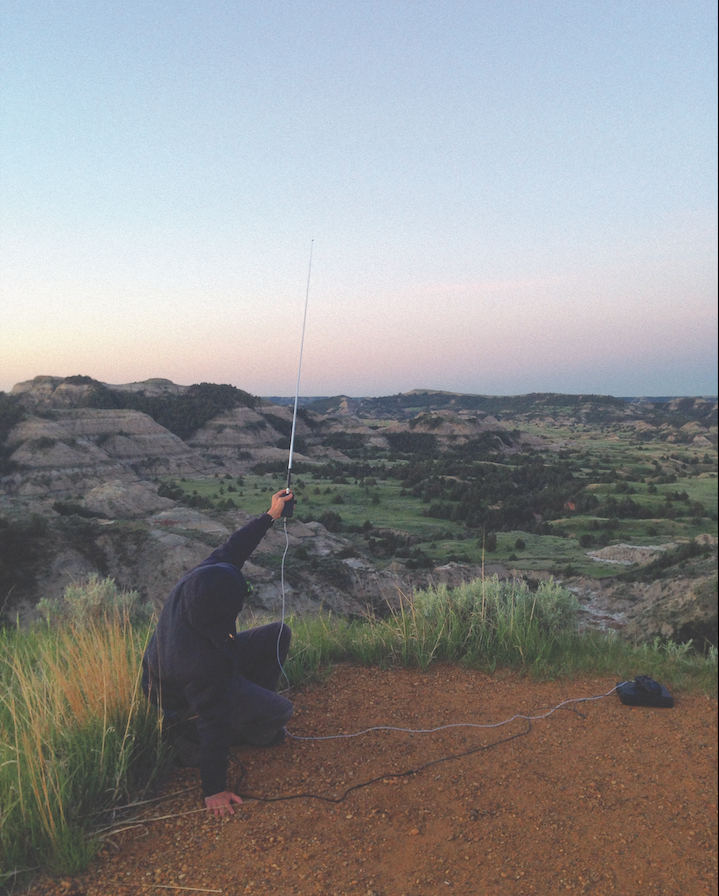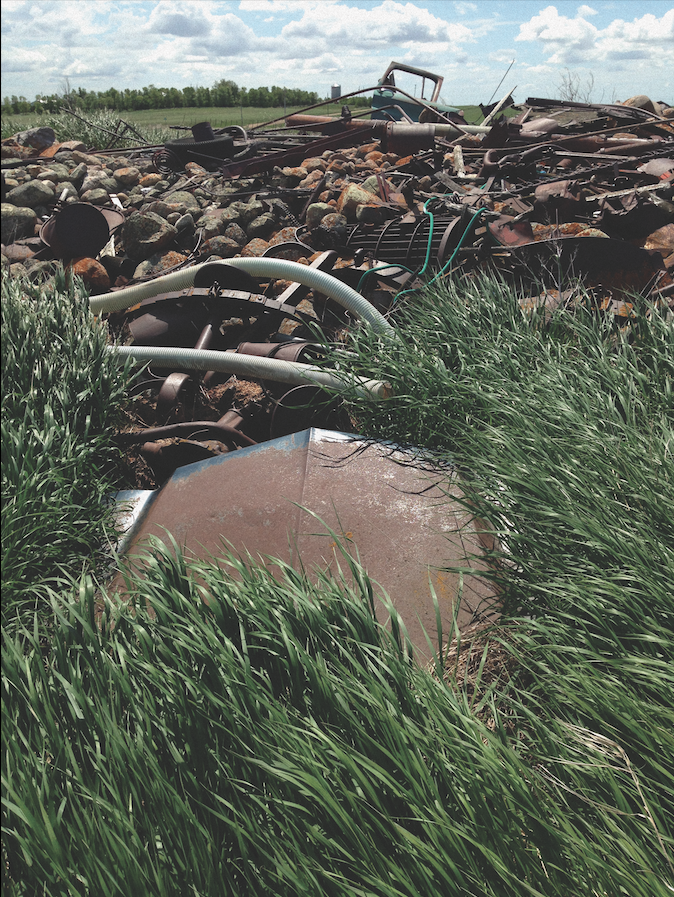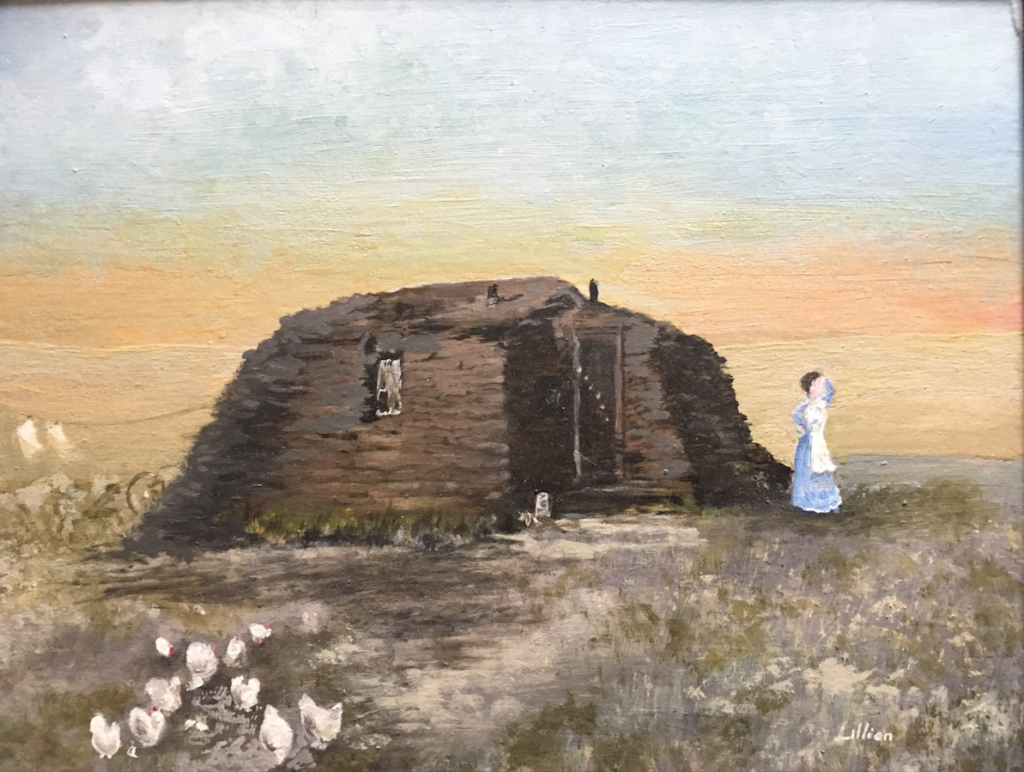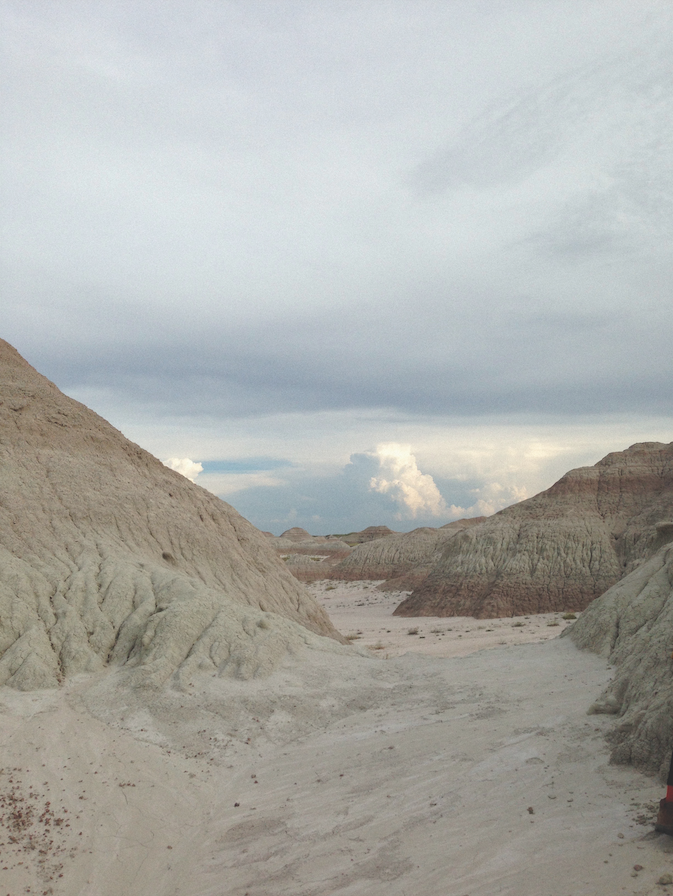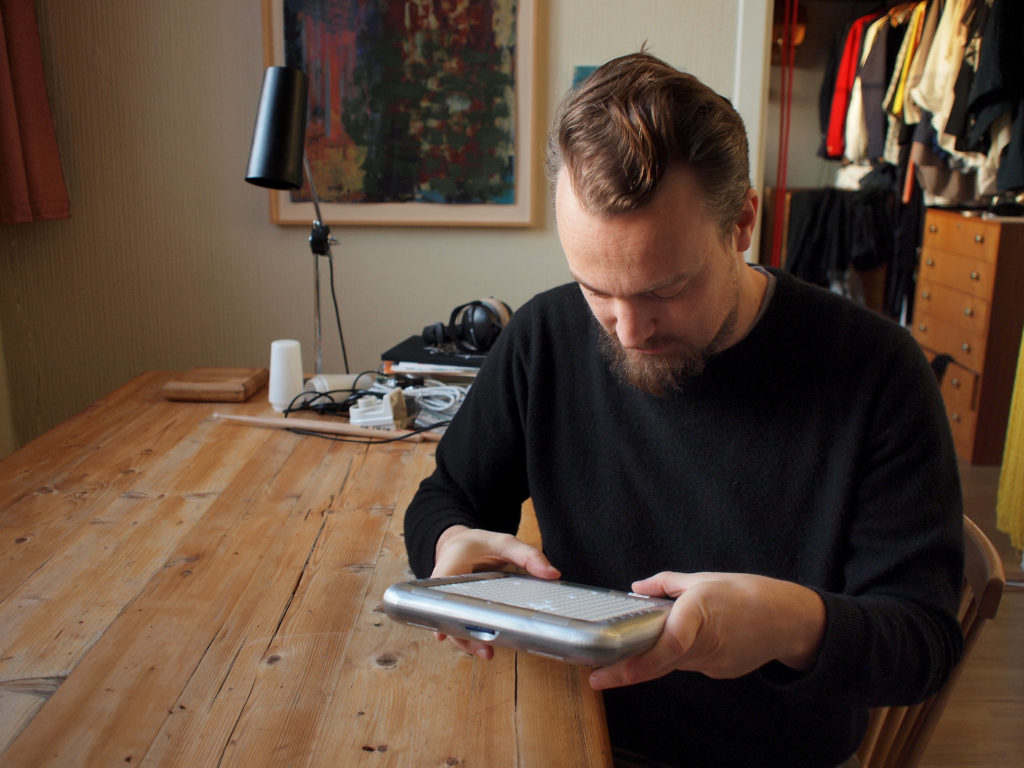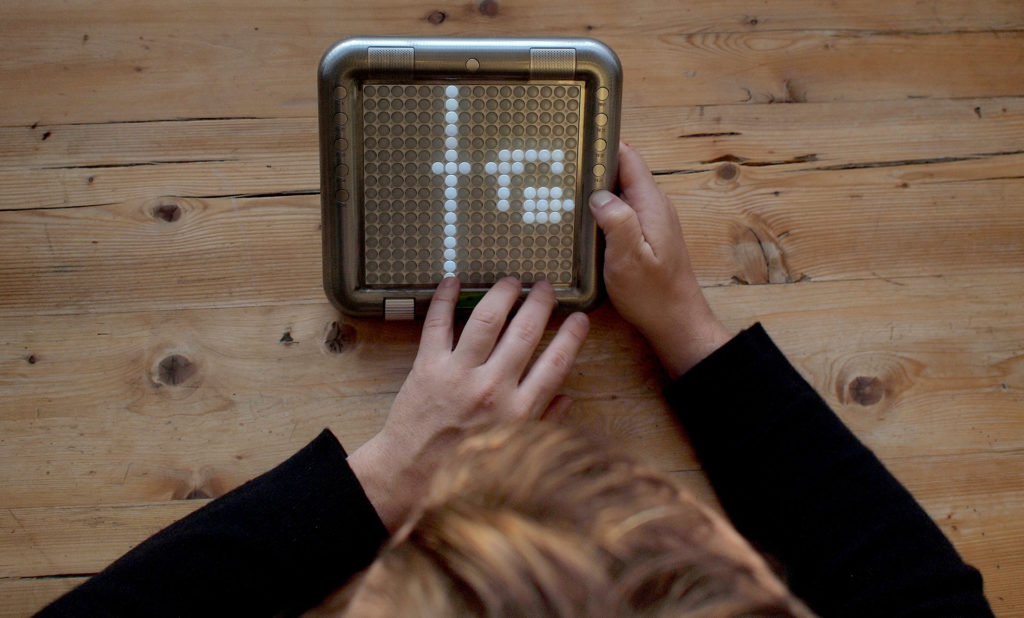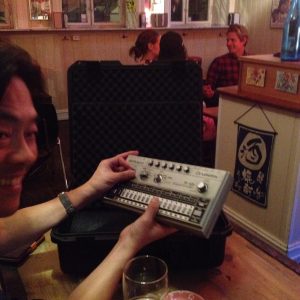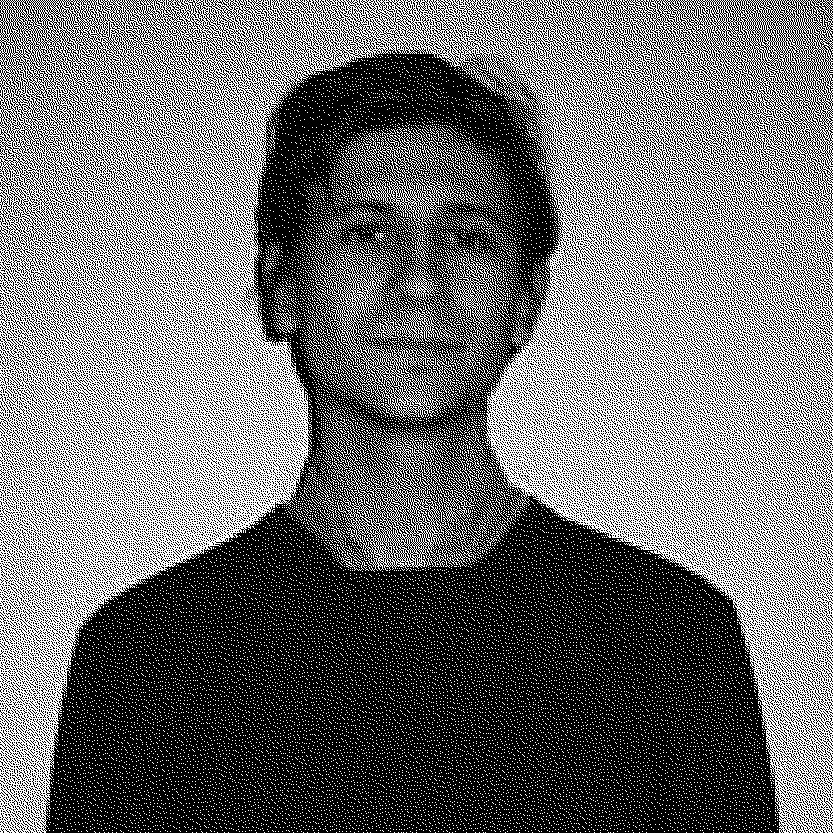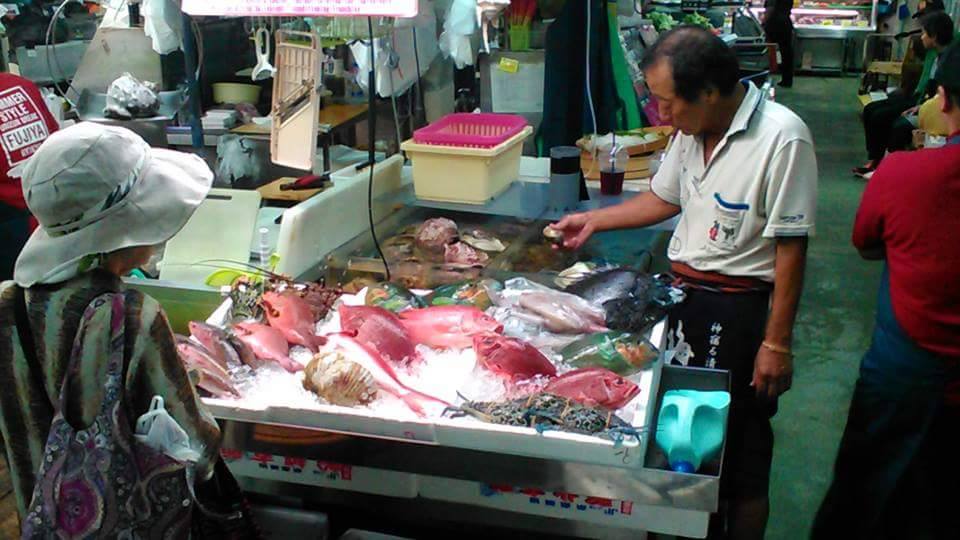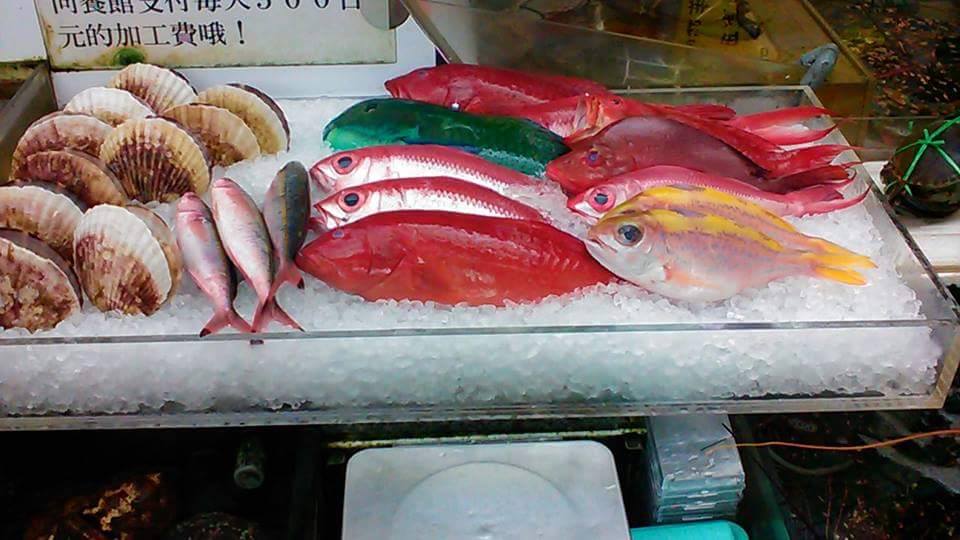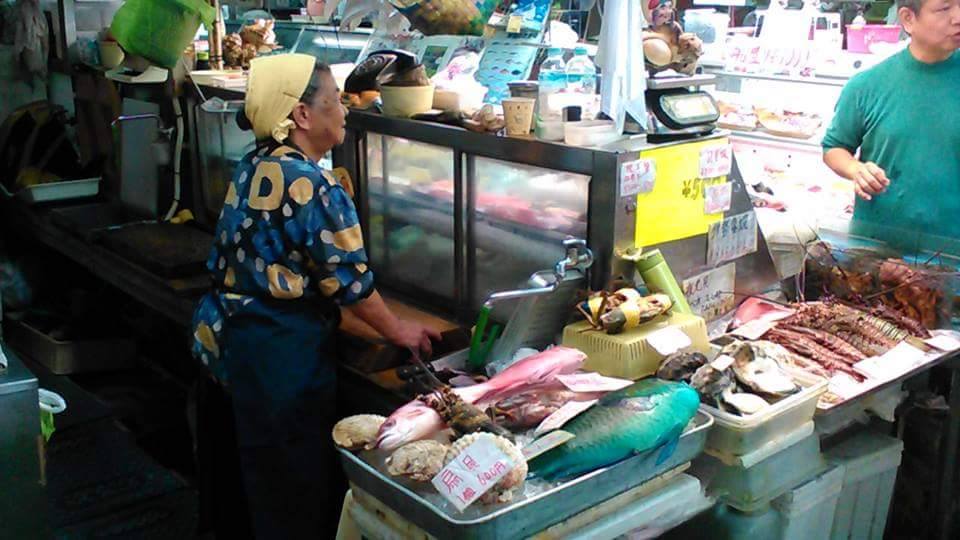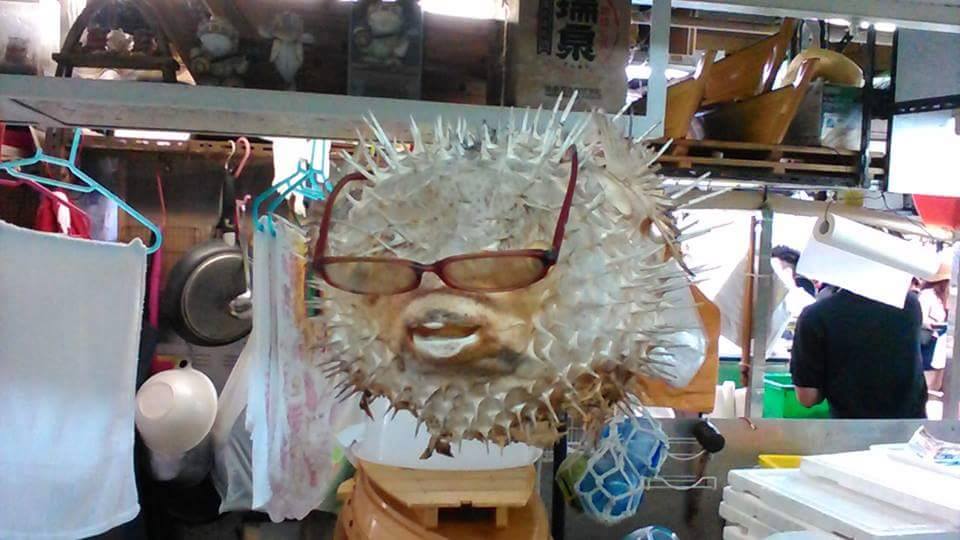Trond Jervell lives and works in Lofoten, Norway. A Love Letter to Coco is his 7th solo album.
Working in the cross section between Ambient, Musique Concrete and Noise, T. Jervell strives to strike a balance between chaos and order, silence and noise, texture and tone.
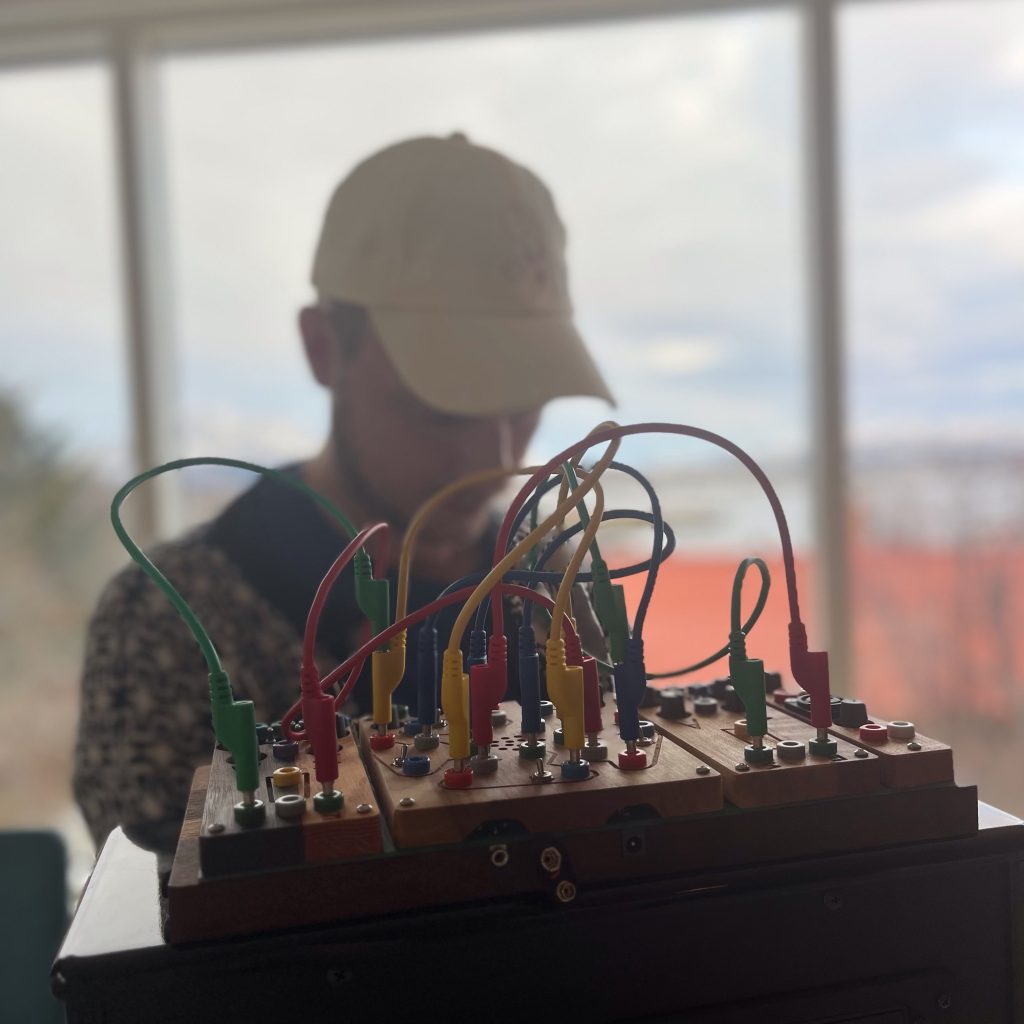
So Trond, how and why did you start making music?
This is such a cliché, but I started making music because (for as long as I can remember) I have had a strong urge/need to make music.
I have fond memories of summer holidays at Tofte where I sat on the rocks by the sea, beating and scraping stones against the rock, singing spontaneous (improvised) songs to myself.
Much to my frustration, I had no instruments of my own at that time. So, when my stepfather was at work, I used to sneak down to his “office” in the basement, and hammer away at his guitar. He also had a Roland RE-201 that we used to make “chipmunk voices” with. It wasn’t until I was 12-13 years old that I got my first keyboard (Casio Rapman), and that was the starting point for my music making.
In the same period, I stumbled across the British group The KLF’s “Chill Out” album. This album, as well as Biosphere’s “Patashnik”, opened a whole new (sound)world for me and eventually lead me to explore composers such as Stockhausen and Pierre Henry.
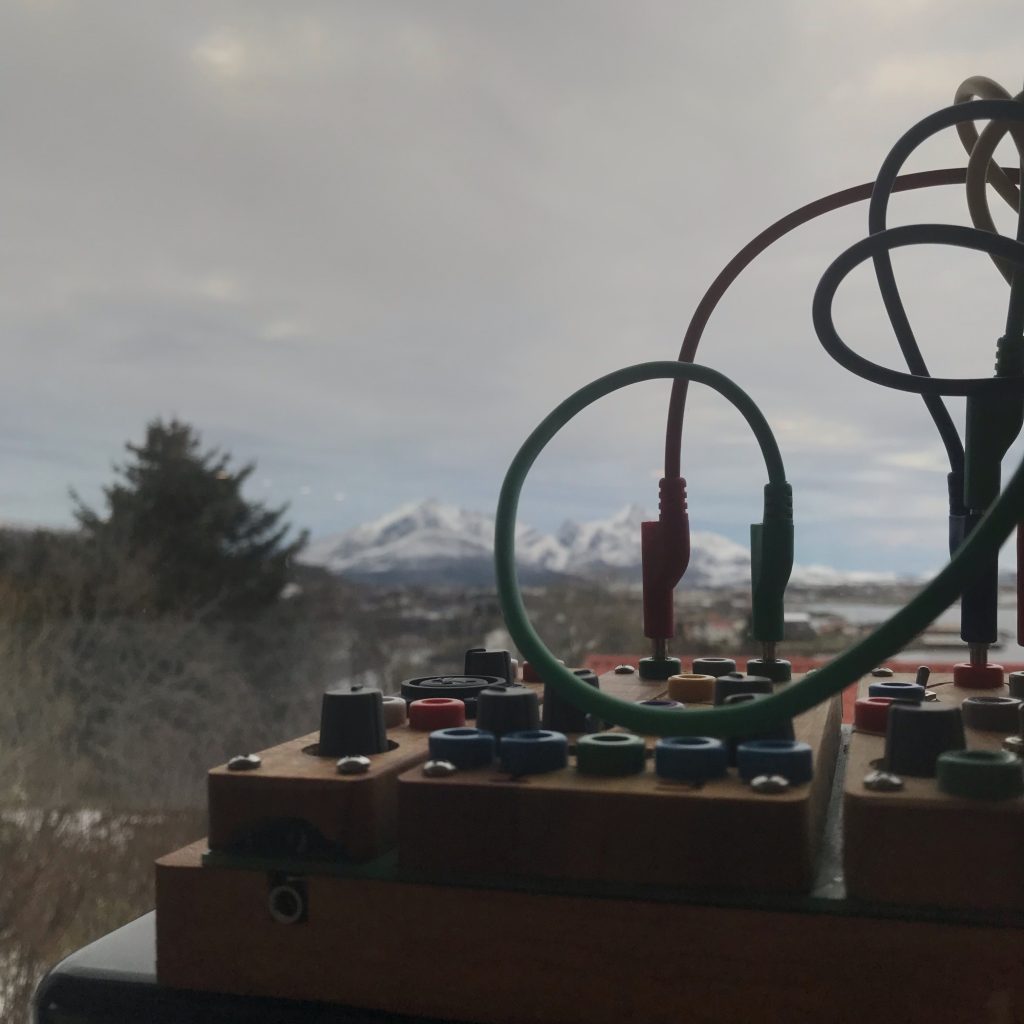
How is your musical practice today?
As I experience it, music, and the urge to create music, is a fundamental part of me as a person. For me, this means that I “need” to work on different aspects of my musical practice on a daily basis. Be it listening, exploring/playing instruments, recording interesting sounds, composing, conversing, and theorizing about music, etc. Much of this relates to a want, and need, to being curious, searching, listening, exploring, and trying to frame my sound/musical ideas.
When it comes to presenting my music to an audience, I have mostly worked within the confines of the studio. In other words, I have only manifested my sound universe in the form of physical (and digital) releases.
However, as the years go by, the urge to play live has emerged. Which has lead to a few nice concerts, and gig at the Insomnia Festival in Tromsø. The live experience is something I really enjoyed, and it’s something I want to do more of in the future.

How did you come up with the title of your new release “Love Letter to Coco”? And how are the song titles put together?
When I started the process of recording this album, I had an idea that the music should be “the sound” of a love letter. In my artistic work, letters, and the postal service, has been a recurring theme. There are several aspects of this theme that I find captivating, but with this release it was the intimacy of the handwritten letter, and the waiting (longing) for a letter from one’s beloved to arrive, that inspired me.
I also found inspiration in the Norwegian postal service’s old audio letters, an inspiration that I want to focus on further in a future project.
The title “Love Letter to Coco” is based on two different approaches to the composition work.
The first aspect is related to the instruments I used on the release, and the second is related to a narrative I built up in connection with the composing work.
A compositional approach I sometimes use is to limit the number of instruments that I can utilize in the work. In this case I chose to focus on one special instrument, an esoteric sampler/delay called “Cocoquantus”. This is a stand-alone instrument, but it can also be used to process external sound sources.
So, the Coco part of the title refers to this aforementioned instrument, but it also refers to the story of a fictional baroness, named Coco Bosanquet Von Zellersasn. (The baroness’ full name also reveals two other instruments that can be heard on the album.) A baroness with white hair, flashy dresses, a magnificent castle, and a grandiose garden.
It is this Coco who receives a passionate love letter from her beloved. A letter that reminisces the memories of a summer day (and night) infused with intense romantic feelings and loving words, but also insecurity and jealousy. This is the narrative that I used as a compositional tool, in the making of this album.
The song titles on the album are sentences and fragments taken from the love letter and can therefore be seen as elements that underpin the musical narrative.

Can you tell us a bit about how the various tracks are built up, instrumentation, mixing, composition vs improvisation etc.?
All the tracks have the use of the instrument Cocoquantus as a common denominator. This is an instrument I have worked with for several years, so I know it very well.
Sometimes I have worked with this instrument alone, but most often I have used it to process other sound sources/instruments. With the narrative in mind, I have improvised long recording sessions on my instruments, which I then edit down to small segments. These edits are either used as they are in the composition, or further processed with the help of the Coco. Here, much of the compositional work has been in arranging and putting these various segments and processed pieces together in a way that is interesting and that supports the story I am trying to tell.
Other times, like on “Flutter Ceaslessly In Your Direction”, I’ve composed a melody line that I then record (in real time) into the Coco, while I both fill in with other sounds and make (patch)connections that change the way the Coco is processing the sound sources.
The tracks with this approach have largely been recorded directly, without significant post-work/editing.
The sounding material on the album thus rests to a large extent on improvisations on various instruments, which are then processed, manipulated and arranged. Or improvisation based on planned/composed melodic structures.
In other words, I have tried to find a balance between the spontaneous and the constructed.
By allowing a more free-spirited approach to the recording of the various instruments, I experience a greater breadth in the sound material available to me in the composing process. Something that I feel opens up sounds and aural events that I probably wouldn’t have come across from a more predetermined (score-based/composed) starting point.
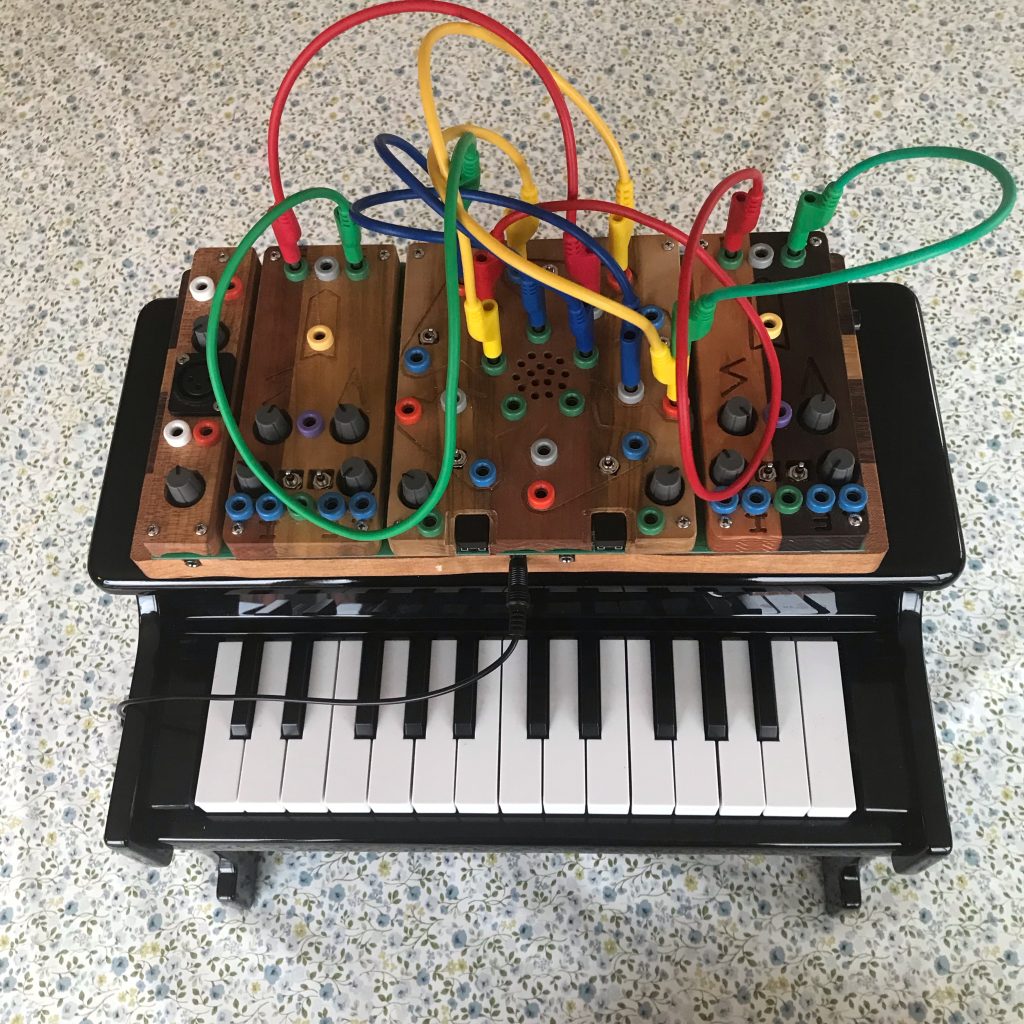
What are the plans going forward?
First of all, I want to play more concerts.
As of today, a release concert for “Love Letter for Coco” has been booked in Kabelvåg/Lofoten on the 18th of October 2023. Next year I will be doing a silent film concert, during the silent film days (Tromsø International Film Festival) in April 2024.
I am also working on several releases, including one based on Postens Lydkassett, as well as another mail/letter-based composition, which I want to perform eventually.
Radical Ambient Music is a project based on a manifesto (of sorts) that I have written. In short, it is an initiative/invitation to other artists to create site-specific music, without artificial sound enhancers such as delay and reverb effects, but rather, preferably played (and recorded) in the area/place they describe musically. In this way, acknowledging Brian Eno’s thoughts on what ambient music is. The various artists’ contributions are then published on R.A.M.’s bandcamp page, as part of a larger collection of Radical Ambient Music.
For more information please visit: https://radicalambient.bandcamp.com/album/radical-ambient-music
Planks Editions is a series of cassette releases, where different artists work based on a set of rules. The first cassette in the series consisted of music from “The &co Choir”, the next release is planned for December 2023.

